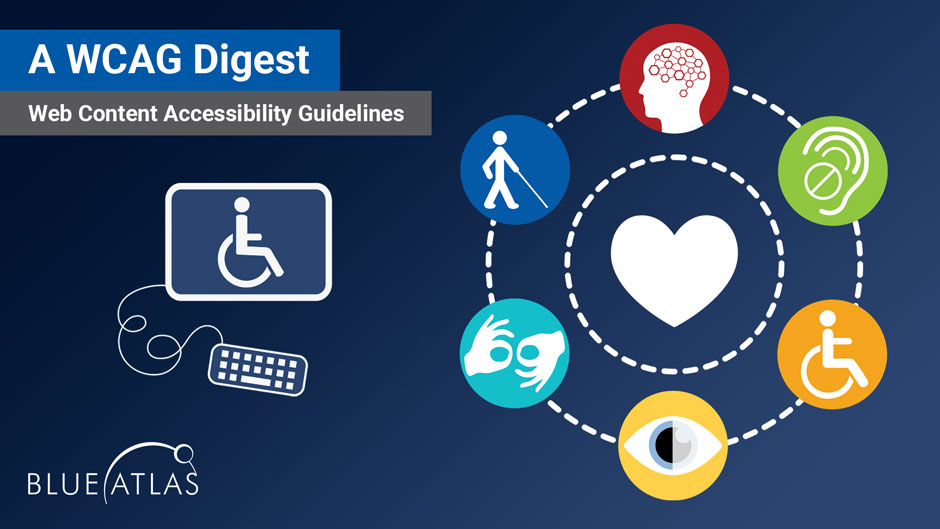Click Info Track: Your Daily Dose of Insights
Stay updated with the latest trends and information across various topics.
Web Accessibility: Making Every Click Count
Unlock the web for everyone! Discover essential tips on making every click count in web accessibility and boost your site's reach today.
Understanding Web Accessibility: Key Principles and Best Practices
Web accessibility is the practice of making websites usable for all individuals, including those with disabilities. Understanding the key principles of web accessibility is essential for creating inclusive digital experiences. The Web Content Accessibility Guidelines (WCAG) provide a comprehensive framework that outlines how to improve accessibility. These principles include Perceivable, Operable, Understandable, and Robust, often abbreviated as POUR. By ensuring that content is available in ways that individuals can perceive it, navigate it, understand it, and utilize it across various platforms, we can create a more inclusive web.
Implementing best practices is crucial for enhancing web accessibility. Use semantic HTML to ensure your content is structured logically; this helps screen readers deliver information effectively. Providing text alternatives for non-text content, like images and videos, enhances accessibility for visually impaired users. Furthermore, ensuring sufficient contrast and utilizing clear navigation can significantly improve user experience. Regular accessibility testing and keeping up with updates in the WCAG guidelines will also help maintain compliance and create a more welcoming online environment.

What Is Web Accessibility and Why Does It Matter?
Web accessibility refers to the practice of designing and developing websites, applications, and digital content in a way that ensures all users, including those with disabilities, can perceive, understand, navigate, and interact with the web effectively. This includes making sure that content is accessible to individuals who may have visual, auditory, motor, or cognitive impairments. To achieve web accessibility, developers often follow guidelines and standards such as the Web Content Accessibility Guidelines (WCAG), which provide a framework for creating inclusive online experiences.
Understanding the significance of web accessibility is crucial not only from a moral standpoint but also from a legal and business perspective. Companies that prioritize accessibility can reach a broader audience, improve user satisfaction, and enhance their brand reputation. Furthermore, making digital content accessible aligns with ethical practices and often complies with legal requirements, preventing potential lawsuits. Ultimately, creating an accessible web environment benefits everyone, as it promotes inclusivity and ensures that digital information is available to all users, regardless of their abilities.
10 Common Web Accessibility Mistakes to Avoid
Web accessibility is vital for ensuring that all users, including those with disabilities, can effectively engage with your website. However, many developers and content creators make common web accessibility mistakes that hinder user experience. One key error is the lack of alt text for images. Alt text not only serves as a description for visually impaired users but also enhances SEO. Additionally, relying solely on color to convey information can lead to misunderstandings among users with color blindness. It is crucial to provide visual cues in conjunction with color to create a truly accessible environment.
Another frequent mistake is neglecting keyboard navigation. Many users with disabilities depend on keyboards rather than mice, so ensuring that all interactive elements are accessible via keyboard shortcuts is essential. Furthermore, inaccessible form elements can frustrate users; always label your fields properly and provide error messages that are easy to understand. Lastly, ignoring the needs of screen reader users by not using appropriate HTML semantic structures can drastically diminish web accessibility. By avoiding these pitfalls, you can create a user-friendly website that caters to everyone.